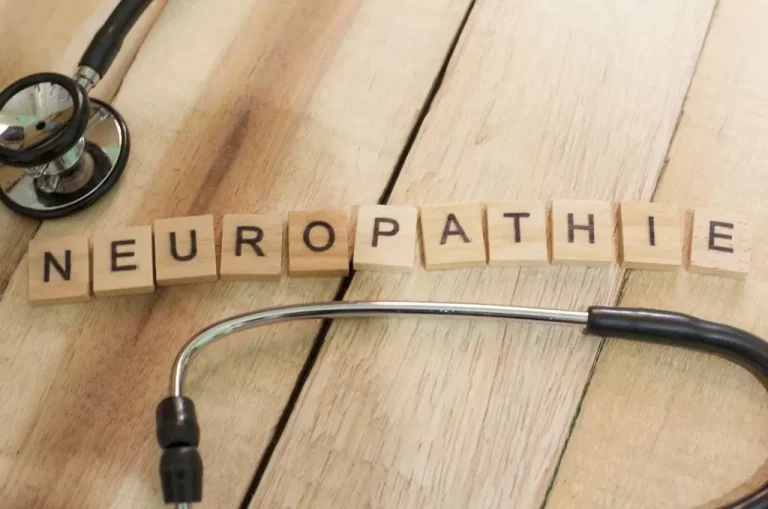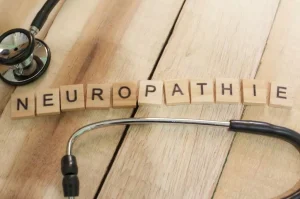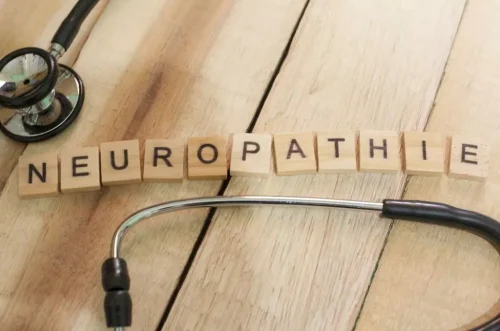
OxyContin is a brand name for oxycodone — a prescription opioid pain reliever — and it is likely the most popular of all in its class among drug abusers. They’ll monitor your dosage and response to the drug, including the potential for misuse and addiction. Read on to learn the signs and symptoms of oxycodone addiction and how to get help for a loved one or yourself.
Mental Health Treatment

In contrast, regular oxycodone is an immediate-release medication that delivers effects more quickly but requires more frequent dosing. The withdrawal symptoms of OxyContin encompass a wide range of physical and psychological effects, such as anxiety, restlessness, sweating, insomnia, and diarrhea, caused by the body’s dependence on the drug. Medical detoxification is a supervised process aimed at managing the acute physical symptoms of OxyContin withdrawal. This treatment uses medications like Clonidine or Methadone to reduce withdrawal symptoms such as nausea, anxiety, and muscle pain. Diagnosis begins with a thorough patient interview to evaluate their history of OxyContin use, frequency, and dose.
Recognizing Oxycodone Addiction
These changes lead to the development of tolerance, dependence, and addiction as the brain becomes increasingly reliant on the drug to function normally. Despite its efficacy in pain management, oxycodone is generally not recommended for chronic (long-term) pain due to its potential to cause physical dependence and addiction. Dr. Diaz Fernandez holds Board Certification from the American Board of Psychiatry and Neurology and is recognized as a Fellow of the American Psychiatric Association. She began her medical education at the University of Puerto Rico Medical School, where she completed her medical training and the first year of her Psychiatry Residency. She relocated to Gainesville, Florida, to complete her Psychiatry Residency at the University of Central Florida, serving as Chief Resident during her final two years. Her https://ecosoberhouse.com/article/how-addictive-is-oxycontin/ dedication to continuous professional development is reflected in her additional certifications in WPATH, Nutritional Psychiatry, Mindfulness, and Women’s Mental Health.
- Laboratory testing of samples of the falsified product was conducted by the Drug Information Centre of the City of Zurich (DIZ), Switzerland.
- Illegally getting OxyContin may indicate an OxyContin addiction, as can secretive behavior.
- Encourage them, guide them, and when the walls of addiction seem impenetrable, the choice to seek help remains a beacon of light in the darkest of struggles.
- Despite its efficacy in pain management, oxycodone is generally not recommended for chronic (long-term) pain due to its potential to cause physical dependence and addiction.
- Comprehensive and continuous care is essential for individuals to achieve and maintain long-term sobriety.
- About 1 in 4 people who take oxycodone for chronic pain misuse the medication, according to the National Institute on Drug Abuse.
- For Pennsylvania, a state that has not remained unscathed from the national opioid crisis, understanding these risks is the first step in curbing the tidal wave of opioid addiction.
Detox at Ocean Hills Recovery
- If someone in your life abuses OxyContin and seems to continually bail on plans with friends and family members to use the drug instead, they may be hooked on the potent painkiller.
- Taking drugs that boost dopamine may cause a person to experience a high, which people sometimes refer to as euphoria.
- With OxyContin addiction, a person often experiences strong and uncontrollable drug cravings.
- Physical signs, such as constipation, fatigue, and respiratory depression, along with behavioral signs like preoccupation with obtaining the drug and neglecting responsibilities, can indicate a problem.
OxyContin withdrawal refers to the physical and psychological symptoms that occur when someone dependent on the drug abruptly reduces or stops its use. These symptoms arise because the body, having adjusted to OxyContin’s effects over time, struggles to regain equilibrium in the absence of the drug. Withdrawal reflects the central nervous system’s attempt to recover from the suppressive effects of prolonged opioid use. The dangers of OxyContin addiction are overdose, respiratory depression, and severe physical, psychological, and social consequences. Prolonged misuse of OxyContin impacts nearly every aspect of an individual’s life, leading to life-threatening complications and long-term harm.


They will determine the correct amount of oxycodone for an individual to take, and a person must not exceed this or take the drug more frequently than stated on their prescription. Like any addiction or substance abuse case, there frequently are signs or tells that one could look out for when suspecting or dealing with it. Oxycontin was designed to be taken once every 12 hours for cancer pain and other conditions requiring around the clock treatment. But individuals seeking a high can crush or melt extended-release tablets to inject for a more intense and almost instant high.
Response and effectiveness
But providers tapering patients too quickly — within just one to three months — is also a regular occurrence, Witt-Doerring said. Some people may do OK with this method depending on how long they were on a medication, but Witt-Doerring thinks it’s best to taper gradually over nine to 18 months, which is rare, he said. The addictive nature, and thus the craving, points to another key distinction between the use of addictive drugs versus antidepressants.

Outpatient rehabilitation typically involves attending therapy sessions and group meetings at a treatment center. These sessions can help people to understand their addiction, develop coping skills and build a support network. Outpatient rehabilitation may also include medication-assisted treatment (MAT), which can help people manage withdrawal symptoms and stay sober. Psychological side effects of addiction to opioids like OxyContin involve mood changes like depression. Mental health problems are common in those with substance abuse issues and can include depression and anxiety. Because co-occurring mental health problems can make addiction more complicated to treat, it is recommended that a person have their mental health problem and their addiction treated concurrently.
Both substances are central nervous system depressants, and their combined effects significantly increase the risk of respiratory depression, unconsciousness, and death. Alcohol enhances the sedative properties of OxyContin, leading to greater suppression of vital functions like breathing and heart rate. The treatment of oxycodone addiction may include a combination of individual therapy, group therapy, and family therapy, says Sternlicht. This is why a healthcare professional may recommend you start your treatment with detox. For some people, the fact that opioids come from a medical doctor’s office with a prescription may make them think they’re safer to use.
Addiction Treatment Programs at The Ranch PA

Some people may resort to opioid abuse as a desperate measure Sobriety to deal with physical and or mental pain that feels unmanageable, growing dependent on opioids like OxyContin as a result. This is called a dual diagnosis and can be faced with the right treatment and therapy. Oxycodone is a prescription opioid used to manage moderate to severe pain. While effective for pain relief, oxycodone carries a high risk of addiction due to the way it interacts with the brain’s reward system. We publish material that is researched, cited, edited and reviewed by licensed medical professionals.
Health Conditions
OxyContin extended-release dosages are meant to be taken orally and shouldn’t be crushed, opened or broken. Unlike other prescription painkillers, OxyContin is not intended for as-needed pain relief. OxyContin is a time-released version of oxycodone and can relieve pain resulting from surgery, injuries, cancer and sometimes arthritis. However, there are certain factors that put people at a higher risk of addiction.
